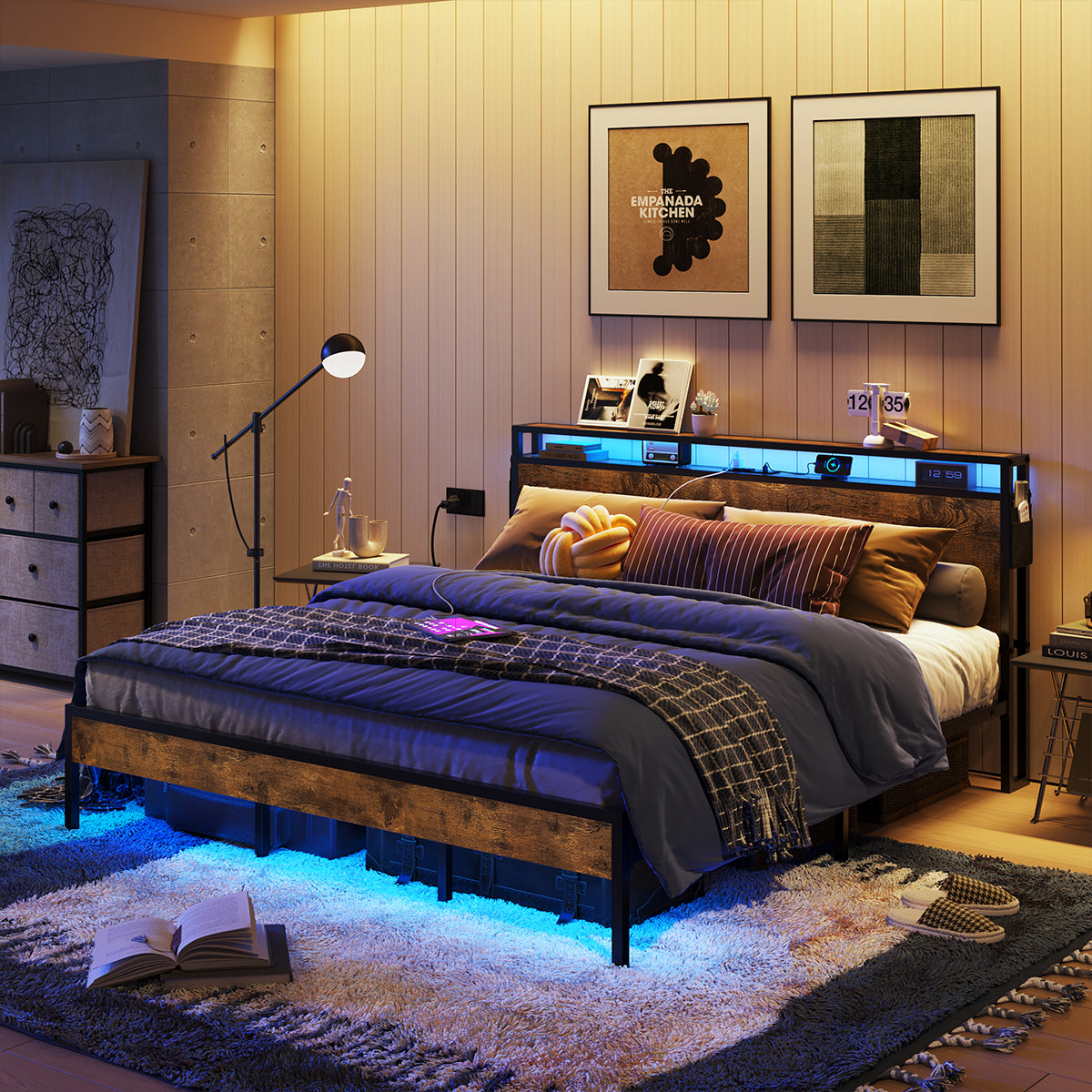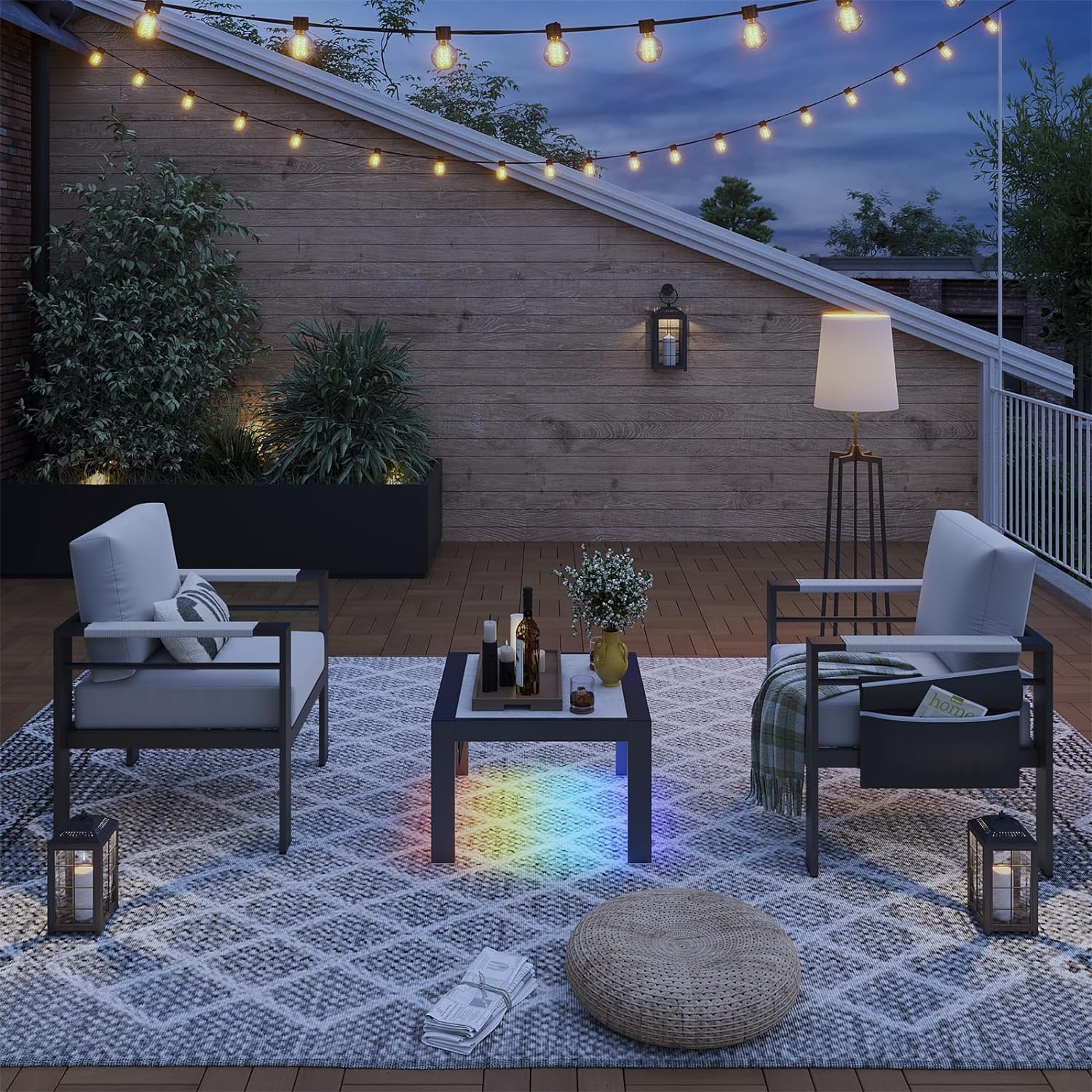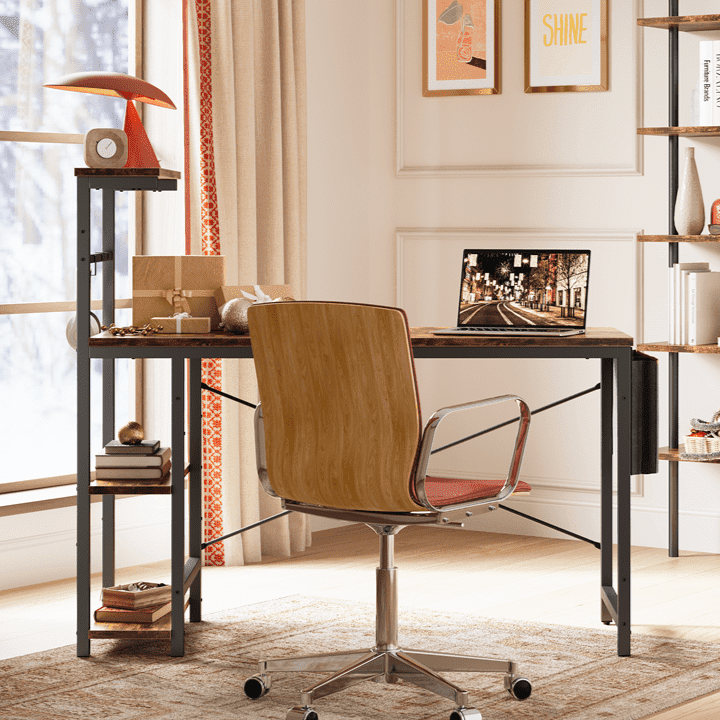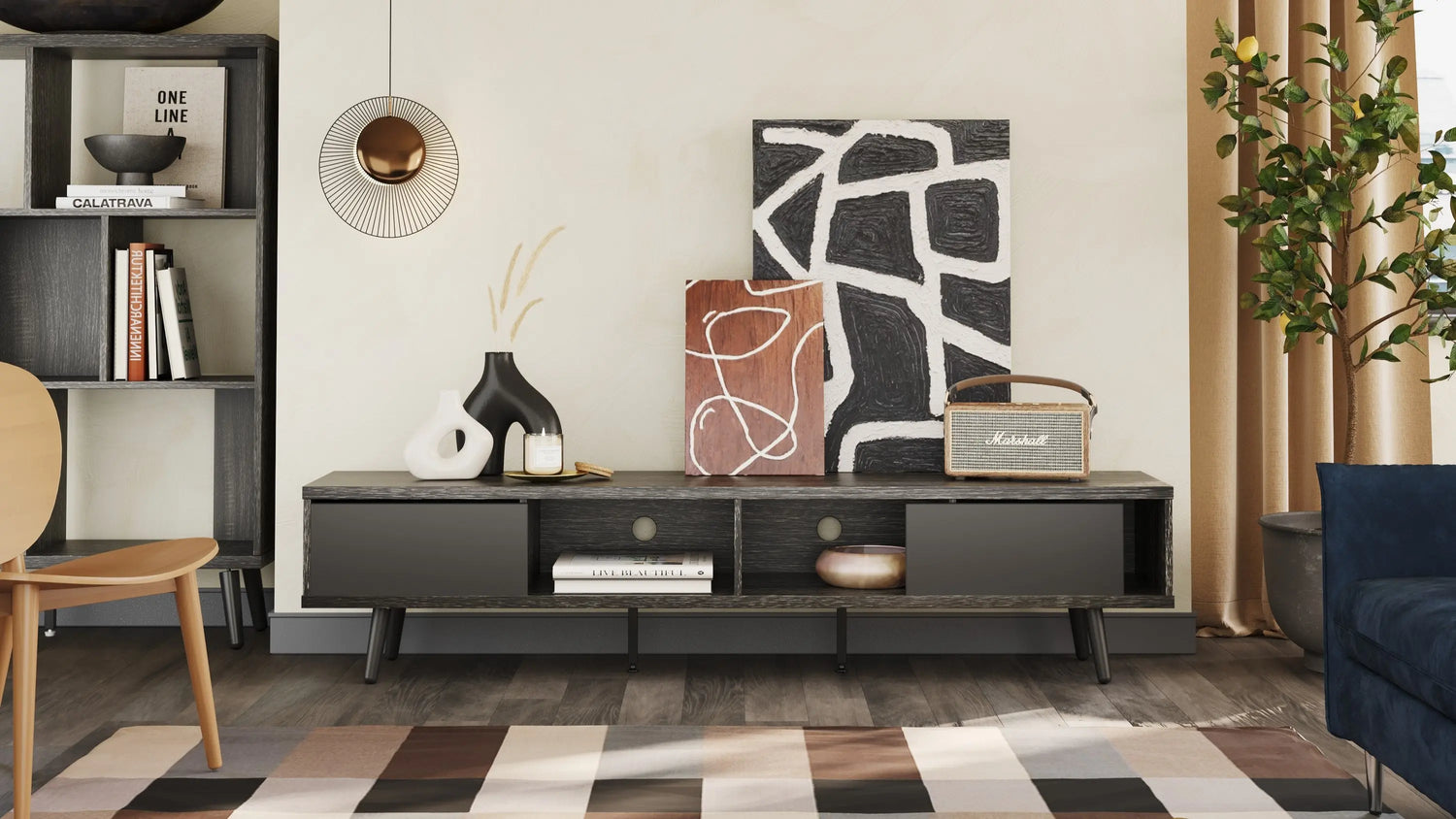TV Stand is one of the furniture of TV, supporting and organizing media equipment. If you're exploring TV cabinets, understanding all kinds of options available can help you choose the perfect fit for your entertainment setup.
From traditional TV cabinets to sleek minimalist designs and multifunctional entertainment centers, each style offers unique features to enhance both functionality and aesthetics in your living space. Whether you prefer open shelving for easy access or closed cabinets for a tidy appearance, there's a TV stand to suit every preference and room layout.
What is a TV Stand?
A TV stand is a piece of furniture specifically designed to support and display your television. Beyond merely holding your TV, a good TV stand often includes additional storage and features that enhance the functionality and aesthetics of your living space.
What Is a TV Stand Called?

Did you know that a TV stand can go by several different names, each reflecting a slightly different style or function? Let's explore what a TV stand is called and the various terms you might encounter.
- TV Stand: This is the most basic and widely recognized term for any furniture designed to support and showcase a television.
- Media Console: Known for its role in organizing various media devices like DVD players, gaming consoles, and streaming devices, a media console is a practical choice for modern living rooms.
- Entertainment Center: If you're looking for something larger and more comprehensive, an entertainment center offers additional shelving and cabinets to store everything from media accessories to decorative items, creating a focal point in your living space.
- TV Cabinet: Similar to a media console but with enclosed storage spaces, a TV cabinet keeps media devices neatly tucked away, maintaining a tidy appearance.
- Credenza: Originally a dining room staple, a credenza in the realm of home entertainment serves as a stylish, low-profile furniture piece that supports your TV and stores media equipment discreetly.
- TV Console: Interchangeable with a media console, a TV console typically boasts a sleek, minimalist design that complements modern living spaces while housing your media essentials.
What Are the Different Types of TV Stands?

Open Shelving TV Stands
Open Shelving TV Stands feature a sleek and open design with shelves or compartments crafted from materials like wood, metal, or glass, facilitating easy access to media devices and accessories. They typically range in size from 40 to 72 inches wide, 15 to 25 inches deep, and 20 to 30 inches high, ensuring versatility to accommodate various TV sizes and room layouts. These stands prioritize functionality by offering ample storage and display space for media equipment, including DVD players, gaming consoles, and streaming devices. Their minimalist and modern aesthetic enhances room decor while efficiently organizing entertainment essentials.
Closed Shelving TV Stands
Closed Shelving TV Stands feature a solid structure with enclosed shelves or cabinets made from materials like wood and glass, providing a neat and clutter-free look. They typically range from 40 to 72 inches in width, 15 to 25 inches in depth, and 20 to 35 inches in height, accommodating various TV sizes and room layouts. Their primary function is to offer ample storage space for media equipment while keeping them hidden, maintaining a tidy and organized appearance, and protecting devices from dust and visual clutter.
Corner TV Stands
As the space-saving TV stand, corner TV Stands feature a triangular or L-shaped design to fit into corners, often combining open shelves, enclosed cabinets, and a flat top for the TV, made from materials like wood, metal, or glass. They typically range from 30 to 60 inches in width, 15 to 25 inches in depth, and 20 to 30 inches in height. Their primary function is to optimize space by fitting into corners, providing storage for media devices and accessories, and making smaller rooms feel more open and organized.
Entertainment Centers
Entertainment Centers feature a large, elaborate structure with multiple components, including a central space for the TV, surrounded by shelves, cabinets, and drawers, made from materials like wood and metal to match various decor styles. Common dimensions range from 60 to 120 inches in width, 20 to 30 inches in depth, and 60 to 84 inches in height, accommodating large TVs and providing ample storage space. Their primary function is to serve as an all-in-one media storage solution, keeping living spaces organized and aesthetically pleasing while ensuring easy access to entertainment equipment.
Floating TV Stands
Floating TV Stands are characterized by their wall-mounted design, offering a sleek and minimalist appearance without floor legs. They typically feature open shelves or compartments, sometimes with closed cabinets, available in materials like wood and metal. Commonly sized between 40 to 80 inches wide, 10 to 20 inches deep, and 10 to 20 inches high, they accommodate various TV sizes while maximizing floor space. These stands streamline room aesthetics by keeping floors clear and organized, perfect for modern interiors seeking both functionality and style.
Traditional TV Stands
Traditional TV Stands feature a classic design with sturdy legs or a base supporting a flat top surface for the TV. They typically include enclosed cabinets or shelves made from wood, often with decorative molding or paneling. Common sizes range from 40 to 80 inches in width, 15 to 25 inches in depth, and 20 to 30 inches in height, suitable for various TV sizes. Their primary role is to provide a stable platform for TVs while offering storage space for media devices and accessories, maintaining a timeless aesthetic that complements traditional home decor.
Minimalist TV Stands
Minimalist TV stands are distinguished by their sleek designs and clean lines, typically featuring smooth surfaces and minimalist details such as hidden storage and efficient cable management solutions. Available in a range of sizes tailored to accommodate different TV dimensions, these stands vary from compact units suitable for smaller spaces, around 40-50 inches wide, to larger models capable of supporting TVs up to 70 inches wide. Their primary function is to provide a stable and stylish platform while seamlessly integrating into modern interior aesthetics, thereby minimizing visual clutter in living areas.
Rolling TV Stands
The rolling TV stands feature a flat top for the TV, shelves for media devices, and built-in cable management, and are known for their mobile design with wheels or casters that allow easy movement. They typically come in sizes ranging from approximately 32 inches to 72 inches in width, 15 inches to 25 inches in depth, and 20 inches to 35 inches in height, accommodating various TV sizes. Their primary function is to provide flexibility in positioning TVs within a space, allowing for easy adjustment of viewing angles or relocation without heavy lifting.
Adjustable TV Stands
Adjustable TV stands are designed with a top surface to securely hold TVs of various sizes, often incorporating mechanisms for height adjustment and swivel or tilt functionality to optimize viewing angles. They typically include shelves or compartments for media devices and accessories, supported by a stable base for security. Common dimensions range approximately from 32 to 72 inches in width, 15 to 25 inches in depth, and 20 to 50 inches in height, catering to diverse TV sizes and user preferences. Unlike rolling TV stands, adjustable TV stands prioritize ergonomic viewing adjustments to enhance comfort and reduce strain, contrasting with the mobility-focused design of rolling stands.
LED TV Stands
LED TV stands do not typically have LED features themselves; rather, they are designed to accommodate LED TVs. LED TV stands are equipped with a sturdy top surface to securely hold LED TVs, often featuring shelves or compartments for media devices and accessories. They include integrated cable management systems for neat wire organization. Available in diverse designs and materials such as wood or metal, LED TV stands typically range in size from approximately 40 to 72 inches wide, 15 to 25 inches deep, and 20 to 30 inches high, ensuring compatibility with various TV sizes and room layouts. They serve to enhance home decor while providing practical storage and display solutions for entertainment setups.
Fireplace TV Stand
An Electric Fireplace TV Stand is not just a practical piece of furniture but also a focal point in your living space. It features a robust top surface that effortlessly holds your TV, complemented by shelves or cabinets for organizing media devices and accessories. What sets it apart is the integrated electric fireplace, positioned centrally to add warmth and ambiance to your room. These stands come in various sizes, typically ranging from 45 to 75 inches wide, 15 to 25 inches deep, and 30 to 35 inches high, ensuring compatibility with different TV sizes and room layouts. Unlike standard TV stands, the Electric Fireplace TV Stand offers dual functionality, combining TV support with the cozy charm of a fireplace.
When it comes to TV stands, there are numerous options available on the market for consumers to choose from. Despite the variety in styles, many products integrate multiple functions, allowing consumers to enjoy a superior product experience.
What Can I Use Instead of a TV Stand?

Wall Mount: Opt for a sleek and space-saving solution by mounting your TV directly onto the wall. This not only frees up floor space but also creates a minimalist aesthetic perfect for modern living rooms.
Floating Shelf: Install a floating shelf beneath your TV to keep things simple yet stylish. It provides a minimalist platform for your TV while offering a bit of storage space for small media devices or decorative items.
Media Console: Consider a low-profile media console or cabinet that blends seamlessly with your decor. These units often come with ample storage for media devices and accessories, maintaining a tidy appearance in your entertainment area.
Bookshelf: Repurpose a sturdy bookshelf as a TV stand alternative. It offers multiple shelves for organizing media components, books, or decorative pieces, adding a touch of personalization to your setup.
TV Cart: For flexibility, try a mobile TV cart with wheels. It allows you to move your TV easily from room to room and provides storage options like shelves or drawers for media equipment.
Built-In Unit: For a custom look, consider integrating a built-in entertainment center into your living space. This option maximizes storage and display areas while seamlessly incorporating your TV into the overall design of the room.
Conclusion
In conclusion, a TV stand is more than just a piece of furniture for your television—it's a versatile component that enhances both functionality and aesthetics in your home. Whether you opt for a traditional TV cabinet, a sleek minimalist design, or a multifunctional entertainment center, each style offers unique features to suit various room layouts and personal preferences. Understanding these options empowers you to choose the perfect TV stand that not only supports and organizes your media equipment but also complements your living space beautifully. Explore the diverse range of TV stands available to find the ideal match for your home entertainment setup. Discover more at Bestier.
FAQs
What Is the Difference Between a TV Stand and a TV Console?
A TV stand is a simpler, lower-profile piece primarily for TV support, while a TV console is larger, more multifunctional, and often includes additional storage features.
What Is the Difference Between a Media Console and a TV Stand?
A media console typically offers more storage and organizational features compared to a TV stand, which is primarily designed for supporting and displaying a television.
How to Choose the Right TV Stand for Your Needs?
When choosing a TV stand, ensure it supports your TV securely, provides adequate storage for your devices and media, matches your home decor style, and includes practical features like cable management and ventilation.






